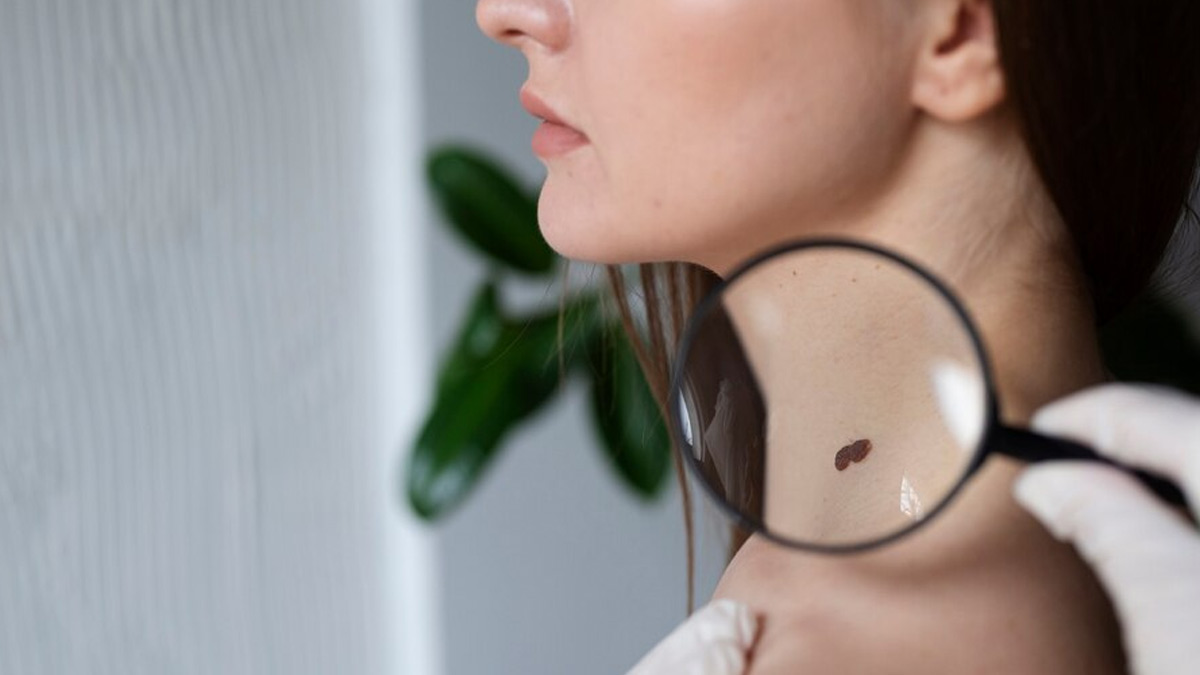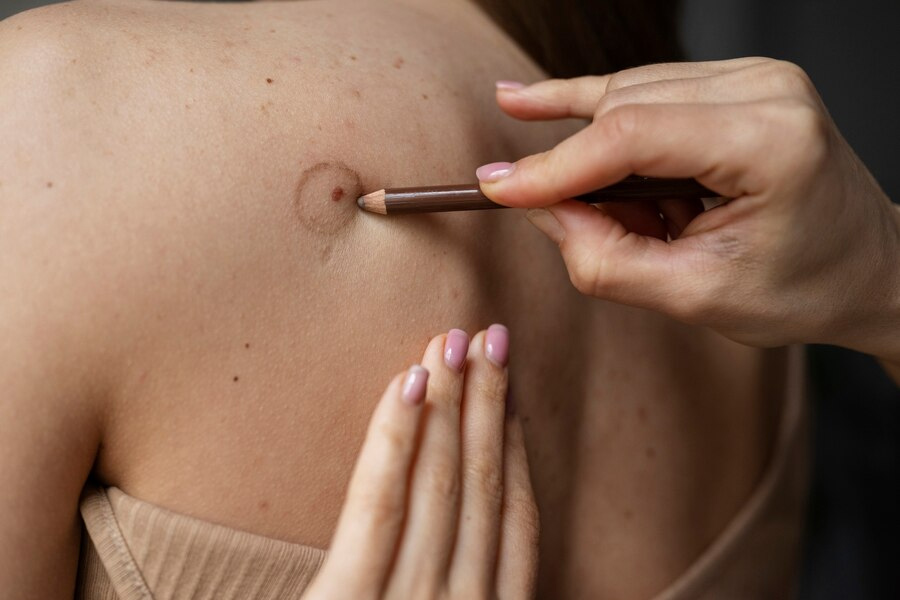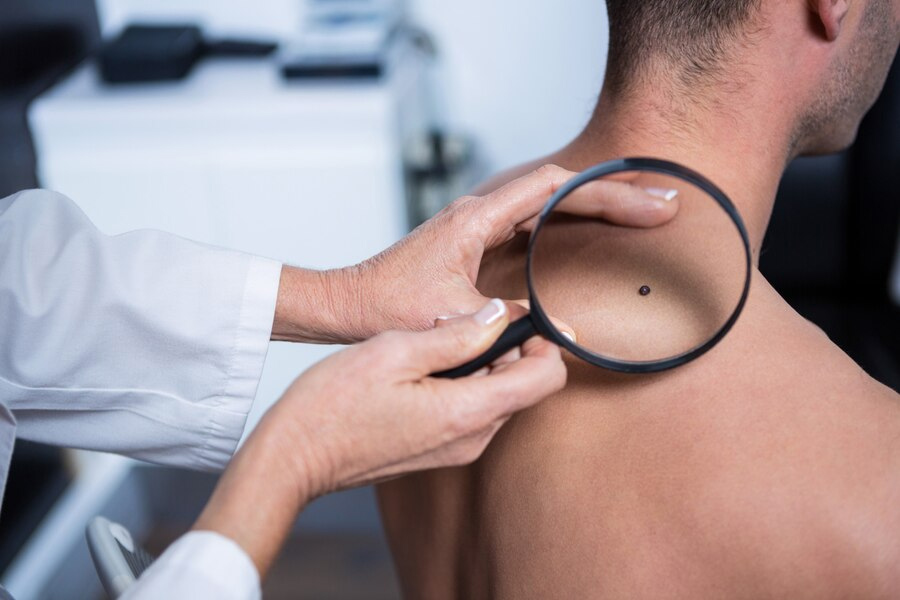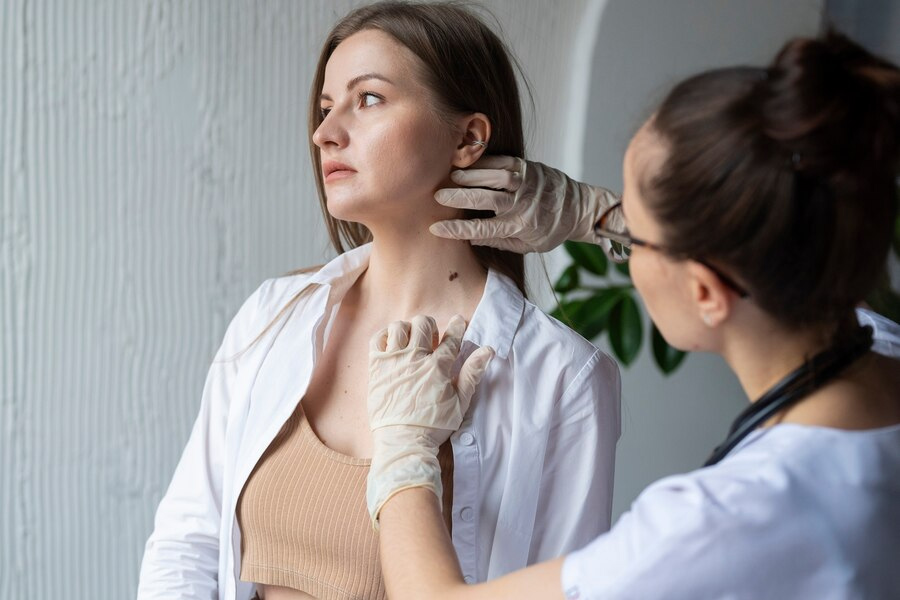
Moles are dark-coloured skin growths that are extremely common. They can occur during childhood and the teenage years and may change in size and shape over time. While usually harmless, doctors advise getting sudden mole occurrences examined to rule out skin cancer.
Table of Content:-
In an interaction with the OnlyMyHealth team, Dr Sudheendra Udbalker, Senior Consultant - Dermatology, Fortis Hospital, Bannerghatta Road, helps differentiate between benign and malignant moles and discusses when one should worry about them.
Also Read: Can Itchy Skin Be A Sign Of Cancer? Here's What Doctor Has To Say
The Science Behind Moles

According to Dr Udbalker, moles are clusters of melanocytes, which are cells that produce melanin, or skin pigment. They often appear in childhood, may change over time, and can continue to appear in adults.
As per the Mayo Clinic, most people have 10–45 moles, which mostly occur by age 40. With hormonal changes, these become darker and larger, especially during the teenage years and pregnancy.
When Do Moles Become Concerning?
“A mole becomes concerning if it changes in size, shape, colour, or if it itches, bleeds, or becomes inflamed,” says Dr Udbalker, adding that these changes need to be evaluated to look for malignant change.
According to the American Academy of Dermatology Association (AADA), there are a few signs that can help you decide when a dermatologist should examine a mole, especially in children. These include:
- Moles that change or grow rapidly
- Moles that are dome-shaped, have a jagged border, or contain different colours; if there are raised, round growths on your child's skin that are pink, red, tan, or brown, it's likely a Spitz nevus.
- Bleeding mole
- When your child has more than 50 moles, this can be a risk factor for early melanoma.
Also Read: Explainer: Can Sunscreen Protect Against Skin Cancer?
Benign Vs. Malignant Moles

It can be very difficult to distinguish between benign and malignant moles as they are almost similar to each other. However, paying close attention to them can help detect sudden changes, which can be concerning.
For instance, benign moles are usually symmetrical in shape, have even colour, and have sharp borders, whereas cancerous moles often exhibit asymmetry, irregular borders, multiple colours, and a larger diameter, says Dr Udbalker.
Additionally, it is always beneficial to assess your risk factors for skin cancer, or melanoma, which include:
- Having more than 50 moles, large moles, or unusual moles
- Having a previous melanoma or nonmelanoma skin cancer
- A family history of melanoma
- Having sun-sensitive skin
- A history of excessive sun exposure or indoor tanning
- Having other previous cancers, such as breast or colorectal
How To Confirm A Skin Cancer Diagnosis?

If you suspect skin cancer, a dermatologist can examine your mole and may perform a biopsy for a definitive diagnosis, says Dr Udbalker. He adds, “Treatment depends on the type of mole; if it’s benign, then nothing needs to be done. For a benign mole, removal can be done for a cosmetic concern. If it’s malignant, then the treatment depends on the stage of cancer, ranging from simple removal to surgery, chemotherapy, or radiation.”
“Early detection is crucial for successful treatment. Most of the moles in Indian skin are benign, and malignant change in them is uncommon,” the doctor concludes.
Also watch this video
Read Next
What Is Lip Oil And How To Use It?
How we keep this article up to date:
We work with experts and keep a close eye on the latest in health and wellness. Whenever there is a new research or helpful information, we update our articles with accurate and useful advice.
Current Version